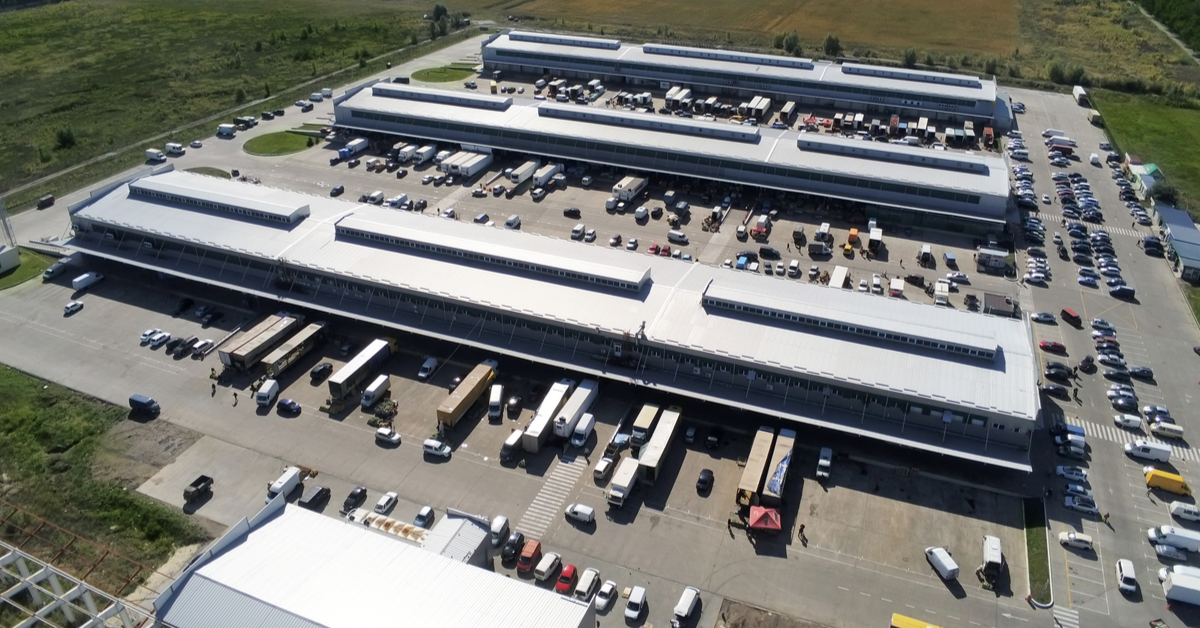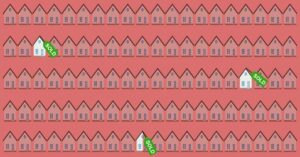Economic turbulence and still-high inflation may finally be catching up to the industrial real estate sector, which has enjoyed remarkable resilience since the COVID-19 pandemic thrust global markets into uncertainty.
That’s according to JLL, which reported that during the first half of 2023, the industrial segment saw sluggish figures nationwide compared to the same period one year prior. Asking rates remain strong, ending Q2 at $9.48 per square foot, up 18.4% annually. But the rate of rent growth is expected to start slowing “significantly,” per JLL, as demand has seen a substantial loss.
JLL pointed to the big drop in absorption, which cratered by 41.3% year over year. Just 61.9 million square feet were absorbed during Q2, moving year-to-date net absorption to 121.1 million. Absorption stayed positive in large part due to delivery of pre-leased properties.
Meanwhile, record highs in new product entered the market in the form of 128.7 million square feet of space, a 20.6% annual increase that JLL described as “staggering.” Pre-leasing, however, continued to lag, falling from 63.6% in Q2 2022 to 39% in this year’s second quarter. The vacancy rate crept upward to 4.2% in Q2 — a figure that still remains below the pre-pandemic vacancy rate — but JLL expects that the next six to 12 months will see a substantial decline in absorption and more upticks in vacancies.
The big influx of deliveries pushed overall industrial inventory above 15 billion square feet in the second quarter, with supply now projected to exceed 15.5 billion square feet by year’s end. The rate of new deliveries is expected to cool moving forward, as the pace of groundbreakings has slowed 41.3% year over year. Just 87.9 million square feet of new projects broke ground from April to June, bringing the total of under-construction space to 592.9 million square feet. The slowdown in new builds may be a boon for equilibrium, however, bringing more balance in some key markets where oversupply is a concern.
While the recent trend of deals taking longer to close is still in play, appetite for industrial product is still healthy, according to JLL global head of industrial research Mehtab Randhawa. Industrial transaction activity remains far below the levels seen in the past three years, with the first half of 2023 seeing $32.1 billion in deal volume. That’s down 57% from the $74.4 billion seen in the first half of last year. But despite falling deal volume, average transaction size jumped 27.0% quarter over quarter in Q2, a shift that JLL ascribed to relative stability in debt markets. Also of note is that bidder pools have widened of late as more potential investors are jumping into the fray. Tighter-yield premium lending has helped usher in a broad repricing of industrial assets, with more sellers willing to accept recent market prices.






